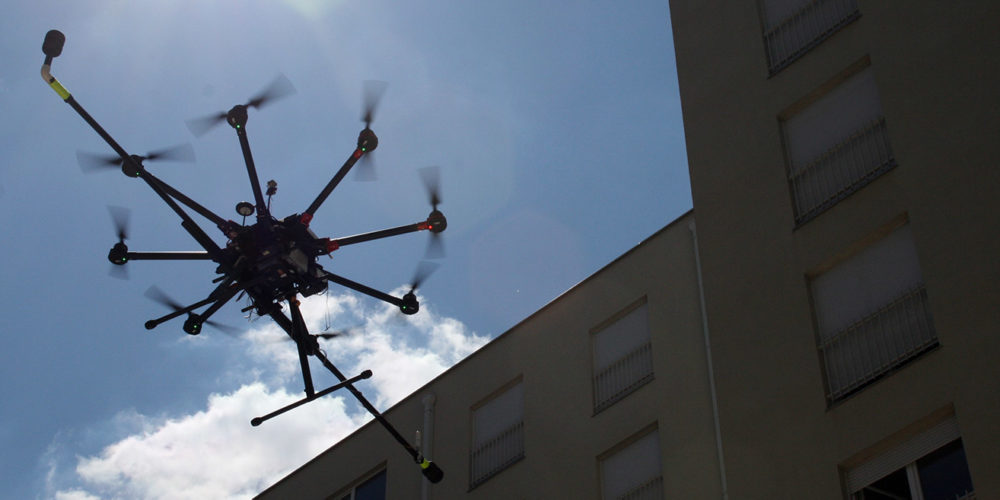Before the skies can open for business to drone delivery companies and on-demand, taxi-like aircraft, the technology must be proven safe for public use — and laws, policies and regulations must be enacted to ensure their safe operation.
David Hansell (’04), global head of aviation regulation and policy at Loon — an Alphabet subsidiary — and a former air traffic controller, believes commercial drones are being built with safety as a top priority. “I don’t know a single manufacturer or operator out there who is not supremely concerned about the risk to the general public. Never mind the business considerations: In the minds of people I talk to on a daily basis, it’s about doing the morally right thing when it comes to safety.”
Testing is important to mainstreaming the technology, says Will Shaler (’14), a systems engineer at Anduril Industries. Just like full-scale aircraft, drones must undergo hardware and software validation, bench testing, hardware-in-the-loop simulation and testing in safe environments, he says. Redundant systems and appropriate recovery modes are keys to mitigating failure, Shaler adds.
Joseph Marshall (’10), director of UAS flight operations at Zipline, agrees. “I look at the aircraft — even though they are smaller — and the crews monitoring them, no differently than I would a Boeing aircraft or Delta Air Lines flight crew. That is the mental model I use, because if we fail to maintain that mindset, safety will naturally be degraded.”
Policy Advancements
In the past five years, there have been a host of regulatory and policy changes at the national, regional and international levels in support of unmanned aircraft systems (UAS) integration, Hansell says.
Josh Olds (’11, ’15), president and co-founder of the Unmanned Safety Institute, says one such policy relates to operator certification. “Now it’s a matter of proving [each UAS type] is safe, through data compilation, building the safety ecosystem to ensure compliance under certification and existing regulation — or obtaining waivers from those that can’t be met — and implementing the plan.”
The Federal Aviation Administration took a step forward in December 2019 when it issued proposed rules for the remote identification of drones, says Sarah Nilsson (’03, ’06), an aviation and drone law attorney licensed in Arizona and an Embry-Riddle professor. The drone ID will be like a UAS license plate or digital signature, she explains.
“You would be made aware of traffic in your area and who is around you,” she says. “It is the foundation of air traffic control down the road.”
Going Public
Hansell says full-scale adoption and integration of UAS — and later urban air mobility (UAM) vehicles — into the national airspace will take time. “I think this will be a gradual change over years of gaining social acceptability, building consistent safety cases, partnering with forward-leaning regulators who are willing to take different risks in controlled environments, proving every day that it’s safe,” he says.
Olds agrees. Large-scale UAS and UAM integration will probably take a crawl, walk, run approach, he says. “The biggest hurdles to industry growth are public adoption, public perception and reliability.”
